How to move your brick and mortar retail store online
eCommerce is growing rapidly, and recent research estimates that it will make up over 22% of global retail sales by 2023.
With these statistics and the changes COVID-19 has brought, it’s more important than ever to take your retail business online if you want to stay competitive. It adds another revenue stream and keeps your business humming even while your brick and mortar doors are closed. In this article, we will guide you through launching an online storefront.
Things to consider before starting to accept online orders
Many businesses fail due to poor planning. So take the time to put together a business plan for your online business launch. Key decisions to make include:
1) Hosting your own eCommerce site or working with a third party ordering system
Managing your own eCommerce site allows for greater customisation and is cheaper because you won’t have to pay a monthly fee to a third party for processing orders. However, it involves more work upfront and more time-consuming.
For those who don’t have the technical expertise to create your own website, there are a lot of tools and eCommerce platforms that have user-friendly, drag-and-drop page builders at your disposal. Some popular platforms include Shopify, BigCommerce, Ecwid, Volusion, and 3dcart.
On the other hand, you can opt to list your products on an established eCommerce site and pay a higher monthly fee. This will dramatically speed up your online business launch. Some of the best options include Amazon, eBay, Etsy, Bonanza, and Facebook Shops.
2) Delivery of orders
You need to figure out how to fulfil orders before they start coming in. You can choose to manage the delivery yourself or work with a third party order processing and shipping platform.
Processing and shipping logistics can be complex. You need to set shipping rates and methods, take care of the packaging and marketing strategy, as well as determine the radius of your delivery zone– if you’ll only deliver locally, domestically, or internationally.
If you don’t want to go through the hassle, you can work with a reliable third party to take care of all these for you. Aside from saving you from the stress, you will also be able to ensure that your customers will receive the products in a timely manner.
3) Marketing your online store
Once you’ve launched your online business, it’s time to make it thrive. There are various marketing methods you can use such as online advertising, optimised content marketing, email newsletters, and social media.
Creating optimised content is a cost-effective way to drive organic traffic to your site, but it can be time consuming. The same is true for email newsletters and social media. However, you can always hire professional content marketers who can help you craft engaging SEO content to push your site higher on search results.
Meanwhile, online advertising ensures that your content and products get seen. If you haven’t tried your hands on online advertising yet, it is recommended to start small and gradually increase your ad budget as you start to see positive results. Also, you should continuously refine your ads to yield better outcomes.
Getting your financials on track
We understand that managing an online store is hard work, especially if you run it side by side with your brick and mortar shop. By partnering with our advisors, we can significantly ease your burden and take care of the financial side of your business, while you focus on growing.
Get in touch with us to find out more about how we can help you.
